
VOX POP: MANNY MARROQUIN
Paul Tingen asks the world’s leading studio practitioners to elaborate on what has changed for them since 1998, homing in on the pieces of gear they consider to have been game changers, and the working methods they use today, which they didn’t in 1998.
Marroquin: “15 years ago I was still using tape, and making the transition from analogue to digital, via ADAT and the Sony 3348 and the Tascam DA88. Making that transition took a while. At the time, my effects were 100% outboard, but today I’d say that I’m 50-50 between outboard and plug-ins. 15 years ago a recall could take four to six hours and would cost money, so people had to think twice before asking to have that kick a little louder. But we now live in a world of updates, with things continually being tweaked. This is where stems are incredibly important for me, because I still far prefer to work on a desk. It means that I can grab several different buttons at the same time, whereas I can only do one thing at a time in-the-box. This means that mixing on a desk is still a lot quicker than mixing in-the-box.
As for specific new toys that really inspire me, the Waves L2 has changed the way we do and listen to music. It’s not just a matter of things being louder, it also has a sound. The Bricasti is my favourite reverb. There were digital reverbs before, but there’s nothing like it, and it’s very inspiring to work with. The Thermionic Culture Vulture also has been a real inspiration in terms of adding grit to the digital gloss.
“I find that in mixing today, less is more. Even though I have many more tools, I need less of them. The reason is the producer now has the same tools at his disposal as I do, so that delay or particular reverb he’s looking for is often already added during the rough mix. I get rough mixes that the producers will have spent a lot of time on and sound really good, and this makes my life trickier, because I still have to find a way to make it better! In the past I might also have spent more time arranging the music, for example creating a drop in the drums just before the chorus. Nowadays it’s more about the art of EQ and balancing, and compressing things in the right way. So I do less, but still have to do enough to make sure the song is better. The line between what the producers do and what I do has become more blurred.
“It’s the same with mastering. I now have the ability to premaster what we’re doing, which is better for the artist, because they can get a much better impression of the final product as well. I did not have these tools before, whether it’s a plug-in, a brickwall limiter, or a multiband compressor, but they’re now at my fingertips. It allows me to go for a final product, so there’s less guessing and less room for error. Now 95% of what I hear on the radio is what I intended, for better or worse! 15 years ago it was maybe not even 50%. The tools we have to make music with have become so much better. I have so many tools in my arsenal now, it is incredible. Sadly, consumer media has not improved, so that’s what we need to work on in the industry.”
GAME CHANGERS: WAVES L2, BRICASTI M7 REVERB, THERMIONIC CULTURE VULTURE


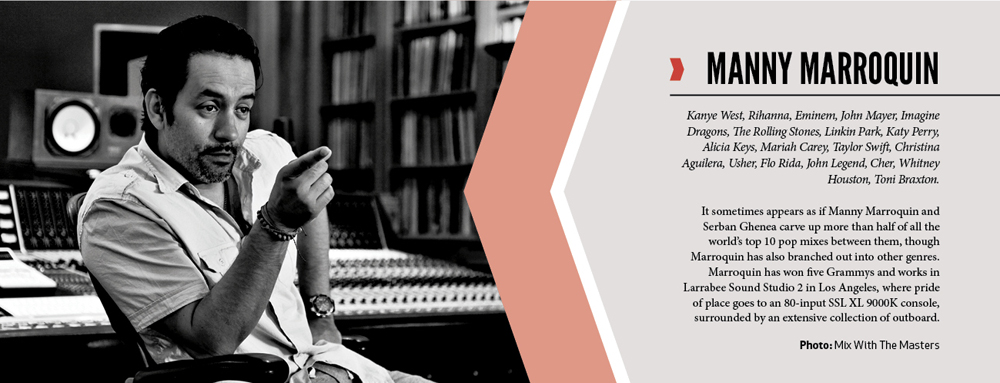


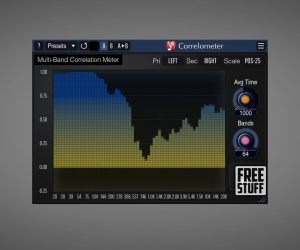
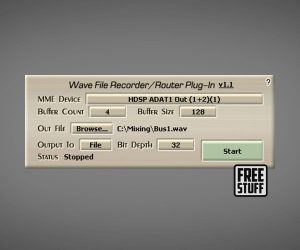





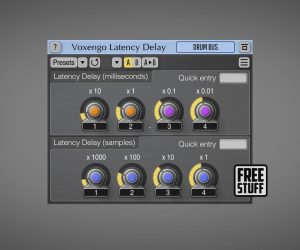
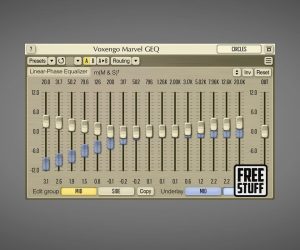



RESPONSES